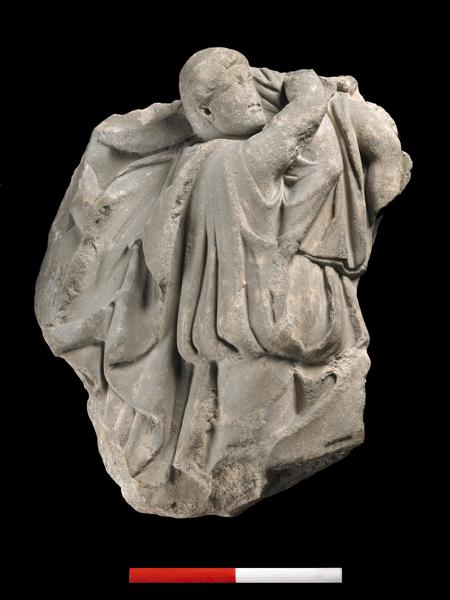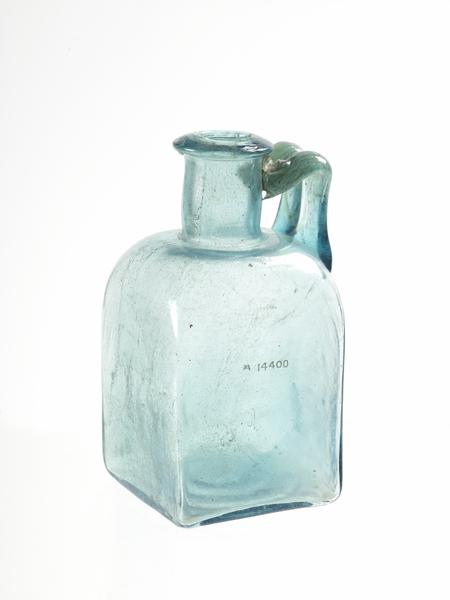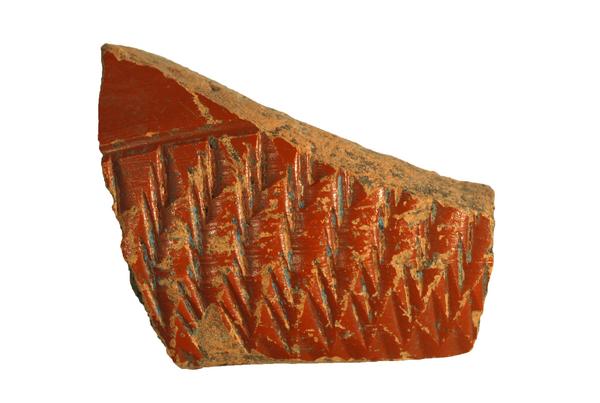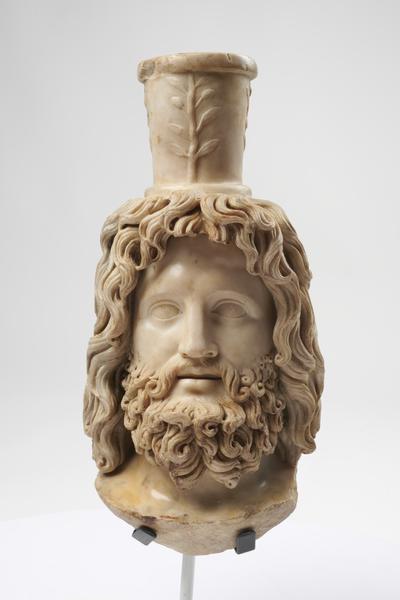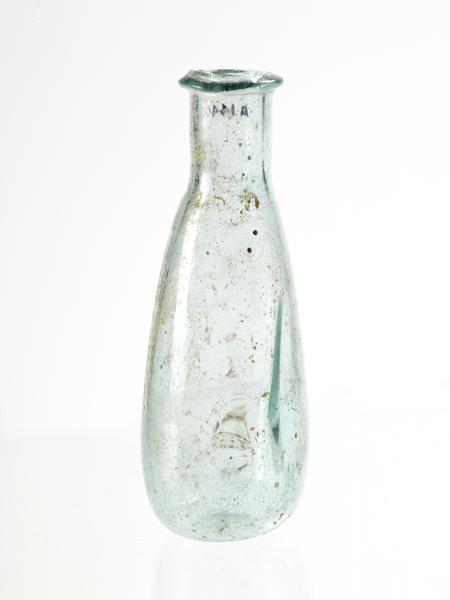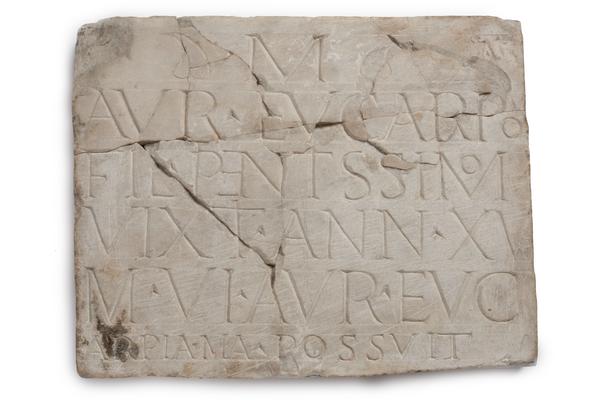Unearthing the Roman dead
We’ve unearthed some amazing Roman burials in recent times, but Londoners have been digging up Roman relics for centuries.
Central and east London
Since 43 CE
The Romans beneath our feet
In 2017, a Roman sarcophagus – a huge stone coffin – was found on a site in Southwark, south London.
It was a superb and rare discovery from over 1,500 years ago – it was also proof that there’s more of the legacy of Roman London beneath our city, just waiting to be unearthed.
However, the remains of Roman people have been turning up in London from at least the 16th century onwards, if not before.
“earthern pots, called urnae, were found full of ashes, and burnt bones of men”
John Stow, 1598
The Walbrook skulls
The medieval “historian” Geoffrey of Monmouth finished his largely fictional History of the Kings of England around 1136. In it he mentioned Roman beheadings taking place next to the Walbrook stream which used to run through central London.
Did he make this up, like most of his “facts”? Maybe not. It’s possible he was inspired by some early discoveries of skulls near the Walbrook. Human skulls have been found in and near this ancient stream for many years. And there’s still plenty of debate about how they got there.

Christ Church Spitalfields drawn in the early 19th century.
Cremations at Spitalfields
Over 400 years later, another historian, John Stow, gave a detailed description of Roman burials found at Spitalfields, east London, in his 1598 Survey of London.
In around 1576, the field was being dug up to collect clay for making bricks. Stow wrote that “many earthern pots, called urnae, were found full of ashes, and burnt bones of men, to wit, the Romans that inhabited here; for it was the custom of the Romans to burn their dead, to put their ashes in an urn and bury the same…”
Diggers also found glass vessels which, amazingly, still had the remains of liquid inside them. Stow described them too:
“there were found diverse vials and other fashioned glasses, some most cunningly wrought, such as I have not seen the like, and some of crystal, all which had water in them, nothing differing in clearness, taste, or savour from common spring water, whatsoever it was at the first: some of these glasses had oil in them very thick, and earthy in savour, some were supposed to have balm in them, but had lost the virtue…”
Burials at Bishopsgate
These discoveries lead us to another, found in 1873 at Bishopsgate in the City of London. That summer, the earth in the bottom of a deep excavation cracked in the “great heats”, revealing a cremation burial in a glass jar.
The jar had been buried alongside grave goods, including a square glass bottle which contained “nearly half a pint of a once aromatic solution”. It’s staggering to think that the contents survived in some form for over 1,600 years.
We still have the cremation burial in our collection. The bottle is now empty, but enough of the person’s bones remain to know that they were an adult when they died.
Two pig teeth were also found with the human remains – perhaps this pig had been burned as an offering.
More discoveries
Further discoveries were made in the 17th and early 18th centuries. There were urns with “ashes of bones of the dead in them” found in 1678 at Goodman’s Fields outside Aldgate in the City of London. And more urns containing “ashes, and cinders of burned bones” at Camomile Street near Bishopsgate.
By 1722 enough was known about London’s Roman burial grounds for William Stukeley to include two “burying places” on his plan of Roman London.

William Stukeley's plan of Roman London, drawn in 1722, showed two known Roman burial grounds.
What happened to finds from centuries ago?
Since the middle of the 20th century, professional archaeological excavation has vastly improved our knowledge of London’s Roman cemeteries.
Still, it’s fascinating to know that Londoners in the Tudor and Stuart eras were making important discoveries and learning about the people who’d lived in their city before them. It’s only a shame that much of what they found has since been lost.
Stow, writing about the Spitalfields burials, said in 1598 that “many of those pots and glasses were broken in cutting of the clay, so that few were taken up whole”. Today we know about the burials of around 2,000 people from Roman London – who knows how many more have been destroyed over the centuries?





